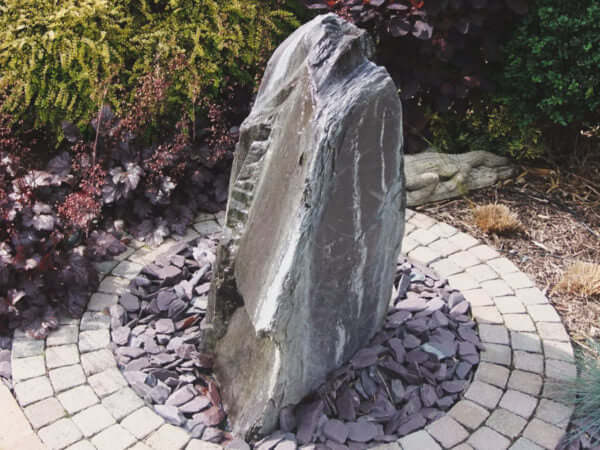Creating Stunning Water Fountains & Features
- cyclopeanmasons
- Dec 23, 2024
- 2 min read
Incorporating water fountains and features into outdoor spaces has become increasingly popular for homeowners and commercial properties alike. These additions create a serene and luxurious ambiance while enhancing the property’s value. Stone is an ideal material for constructing durable, elegant water features that stand the test of time. Below, we’ll provide key insights into designing and building water fountains and other features with masonry techniques while optimizing for durability and aesthetics.
The Benefits of Stone in Water Features
Stone is a natural, versatile material that blends seamlessly with various architectural styles. Its durability ensures that your water fountain or feature will withstand weather fluctuations and prolonged exposure to water. Additionally, stone adds an organic, timeless appeal, whether you're aiming for a modern minimalist look or a classic, rustic vibe.
Choosing the right type of stone is crucial. Options like granite, limestone, and slate are popular choices for water features due to their strength and water-resistant properties. For a unique aesthetic, consider combining natural stone with brick elements or decorative concrete for added texture and style.
The Role of Masonry in Water Feature Construction
Masonry plays a vital role in creating sturdy, long-lasting water fountains and features. Properly applied mortar ensures a solid bond between stones, preventing water leaks and structural instability. Masonry construction also allows for intricate designs, from tiered fountains to flowing waterfalls, while maintaining the structural integrity of the feature.
When constructing a water fountain, it’s essential to use water-resistant mortar designed for outdoor applications. This type of mortar ensures that the structure can handle constant moisture exposure without cracking or weakening over time. Sealing the stone after construction adds an extra layer of protection, preserving the appearance and longevity of the fountain.
Design Tips for Stone Water Features
Plan for Scale and Proportion: The size of your water feature should complement the surrounding landscape. A small stone fountain is perfect for intimate garden spaces, while a grand, multi-tiered fountain makes a bold statement in larger areas.
Incorporate Lighting: Adding underwater or accent lighting enhances the visual appeal of your fountain, especially at night. LED lighting can highlight the textures of the stone and the movement of water.
Focus on Functionality: Ensure that your water feature is designed for easy maintenance. Include a filtration system to prevent debris buildup and maintain water clarity.
Blend with the Environment: Use locally sourced stone to create a natural look that integrates seamlessly with the existing landscape.
Maintenance and Repairs
Regular maintenance is essential for keeping your water feature in pristine condition. Pressure washing the stone surface removes algae and mineral deposits, while resealing the stone periodically ensures water resistance. If cracks appear in the mortar or stone, timely repairs will prevent further damage and preserve the structure’s integrity.
Partner with Masonry Experts
Creating a stunning stone water fountain or feature requires precision, expertise, and the right materials. Partnering with experienced masonry professionals ensures a high-quality result that aligns with your vision. From selecting the perfect stone to expertly applying mortar and ensuring proper construction, skilled masons bring craftsmanship and durability to every project.
Whether you’re dreaming of a tranquil garden fountain or a cascading waterfall feature, investing in masonry craftsmanship ensures that your water feature becomes a focal point of beauty and relaxation for years to come.
.png)







